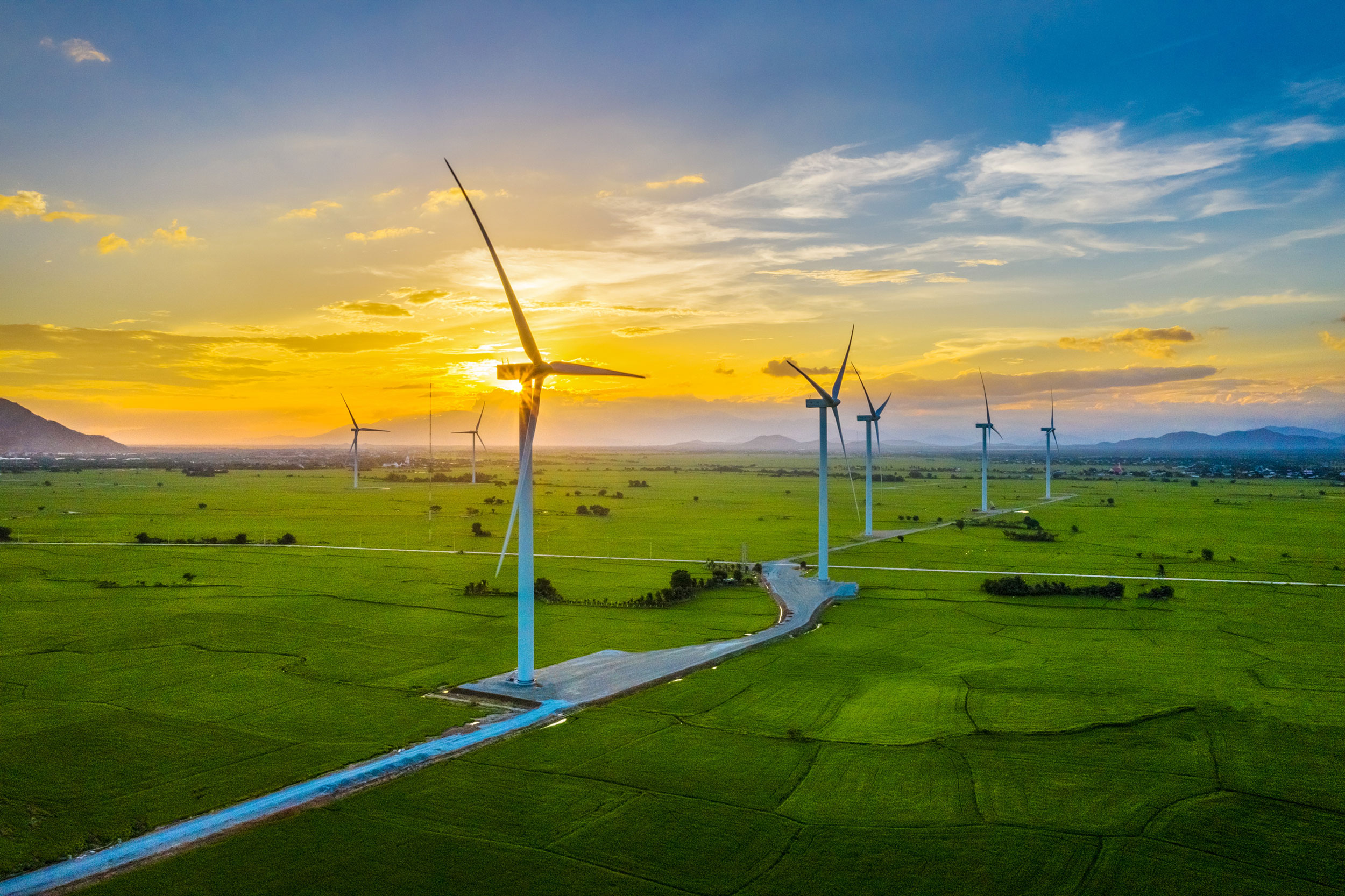Davos 2023: Why despite challenges companies should scale green businesses for a net-zero world
The World Economic Forum in its latest report, Alliance of CEO Climate Leaders, highlights how companies can thrive by taking an early market position.
Davos 2023: Why despite challenges companies should scale green businesses for a net-zero world
At a time when most countries and companies are facing multiple crisis situations, such as high inflation, the energy crisis in Europe, food shortages, and geopolitical tension, companies are slightly getting stressed with their committed net zero goals. In the World Economic Forum’s (WEF) annual report, Global Risks Report 2023, it was clearly highlighted that “failure to mitigate and adapt to climate change” would be a major global risk for business and society in the long run if steps are not taken now.

The WEF, in its latest blog post -- How companies can scale green businesses for a net zero world, noted that though CEOs navigating through the volatile environment, they will need to simultaneously deal with business challenges today and take action to ensure long-term competitive advantage.
Experts over many years have noted that green transition and green initiatives can spur huge economic gains and can add up to more than $10.3 trillion to the global economy by 2050 with net zero and sustainable initiatives.
John Scott, Head of Sustainability Risk, Zurich Insurance Group, said: “The interplay between climate change impacts, biodiversity loss, food security, and natural resource consumption is a dangerous cocktail. Without significant policy change or investments, this mix will accelerate ecosystem collapse, threaten food supplies, amplify the impacts of natural disasters and limit further climate mitigation progress. If we speed up action, there is still an opportunity by the end of the decade to achieve a 1.5ᵒC degree trajectory and address the nature emergency. Recent progress in the deployment of renewable energy technologies and electric vehicles gives us good reasons to be optimistic.”
Challenges
The WEF in its blog post has also highlighted many hurdles in achieving the net zero goal across the countries.
One of the major hurdles it noted was the high costs of many low-carbon inputs, particularly in the industrial sector. The blog post said many governments are offering cost premiums, which will further opportunities to pioneer green markets.
“Companies can work with suppliers to secure and develop supply, often sharing the costs across the value chain. They can partner with customers to design and bring new green products to market and engage with the government to drive the right enabling environment. They can even work with competitors to scale the critical supply, demand, transparency, and infrastructure needed for green markets to materialize,” said Antonia Gawel, Head of Climate Change, World Economic Forum.
Another critical challenge stems from the mismatch between the green efforts of downstream, consumer-facing companies and those of upstream providers of sustainable materials and other inputs. Consider the value chain for the household and personal care sector.
Solutions in hand
Several macro trends are making green markets more attractive. The energy crisis could ultimately accelerate the green transition. Consumers worldwide are increasingly environmentally conscious. Companies are setting commitments to tackle upstream scope 3 emissions and, more recently, translating their pledges into action.
“Companies should seek to work across the industry to aggregate demand. Initiatives like the First Movers Coalition bring together global businesses on both the supply and demand side across industries such as cement, trucking, and aviation to accelerate the supply and demand of green products in these sectors. Finally, companies can collaborate with regulators and peers to remove barriers to green market development,” the blog post noted.
A recent PwC report too highlighted how businesses can work with governments, international organisations, and communities to adapt to climate hazards already facing the world. It noted that businesses have so far played a small role in global efforts on adaptation, with only 3 per cent of funding coming from private sources.
Like in India, the Narendra Modi-led government recently approved the National Green Hydrogen Mission, which is expected to open new opportunities toward net-zero goals in the next five decades. India’s economy is projected to grow to $20-30 trillion over the next three to five decades, which is in line with India's net-zero commitments.
The Indian government, under the first phase of the Green Hydrogen Policy, is expected to waive off inter-state transmission charges of renewable energy for a period of 25 years for manufacturers of green hydrogen and green ammonia for projects commissioned before June 30, 2025.
Already companies like Adani New Industries Limited, Reliance Industries Limited, Indian Oil Corporation Limited, ONGC, Gail India, Bharat Petroleum Corporation Limited, NTPC Ltd, Larsen & Turbo, and Hindustan Petroleum Corporation Limited, have started investing in green hydrogen initiatives for the first phase of Green Hydrogen Policy.
https://www.businesstoday.in/wef-2023/story/davos-2023-why-despite-challenges-companies-should-scale-green-businesses-for-a-net-zero-world-359985-2023-01-12




